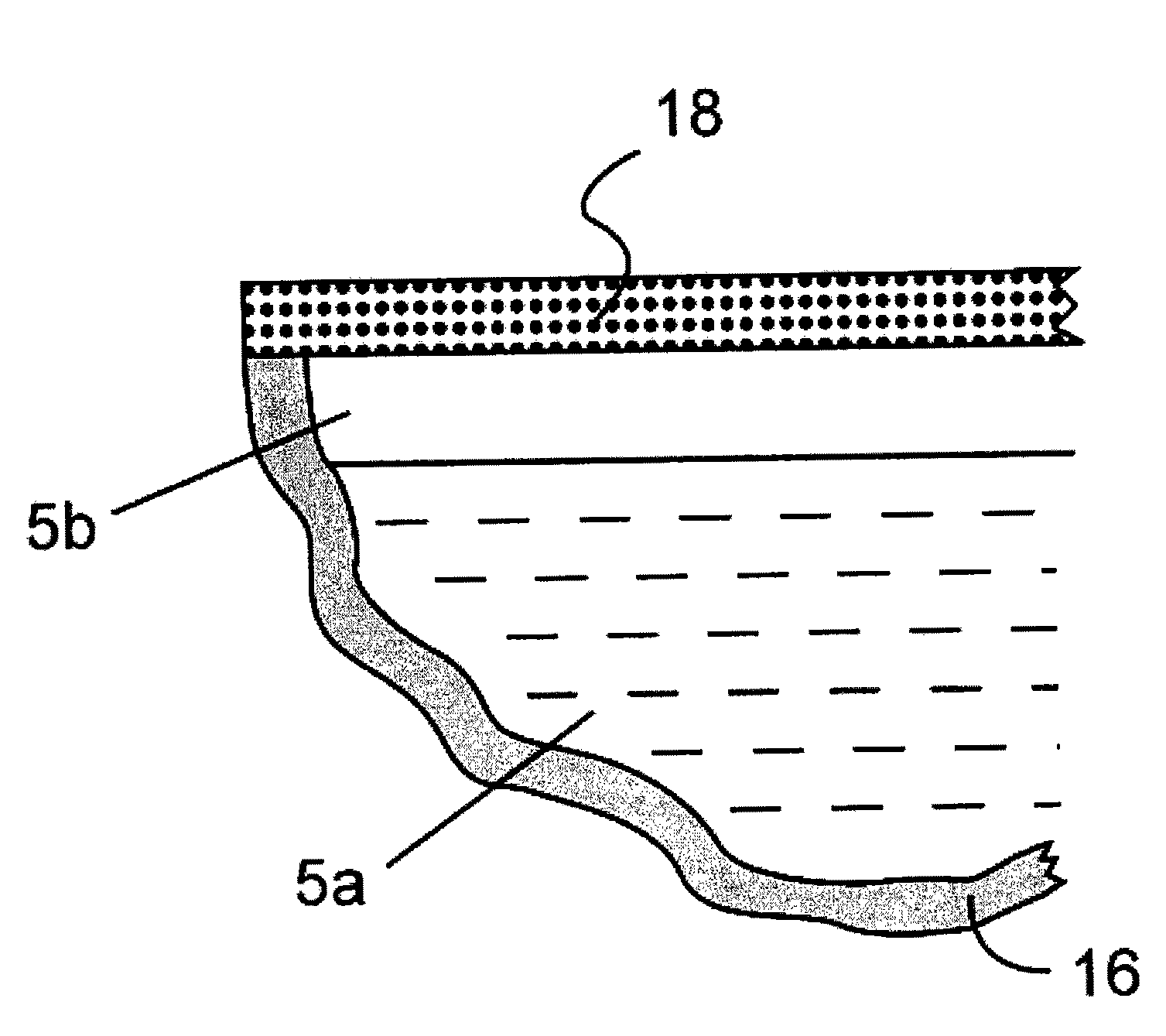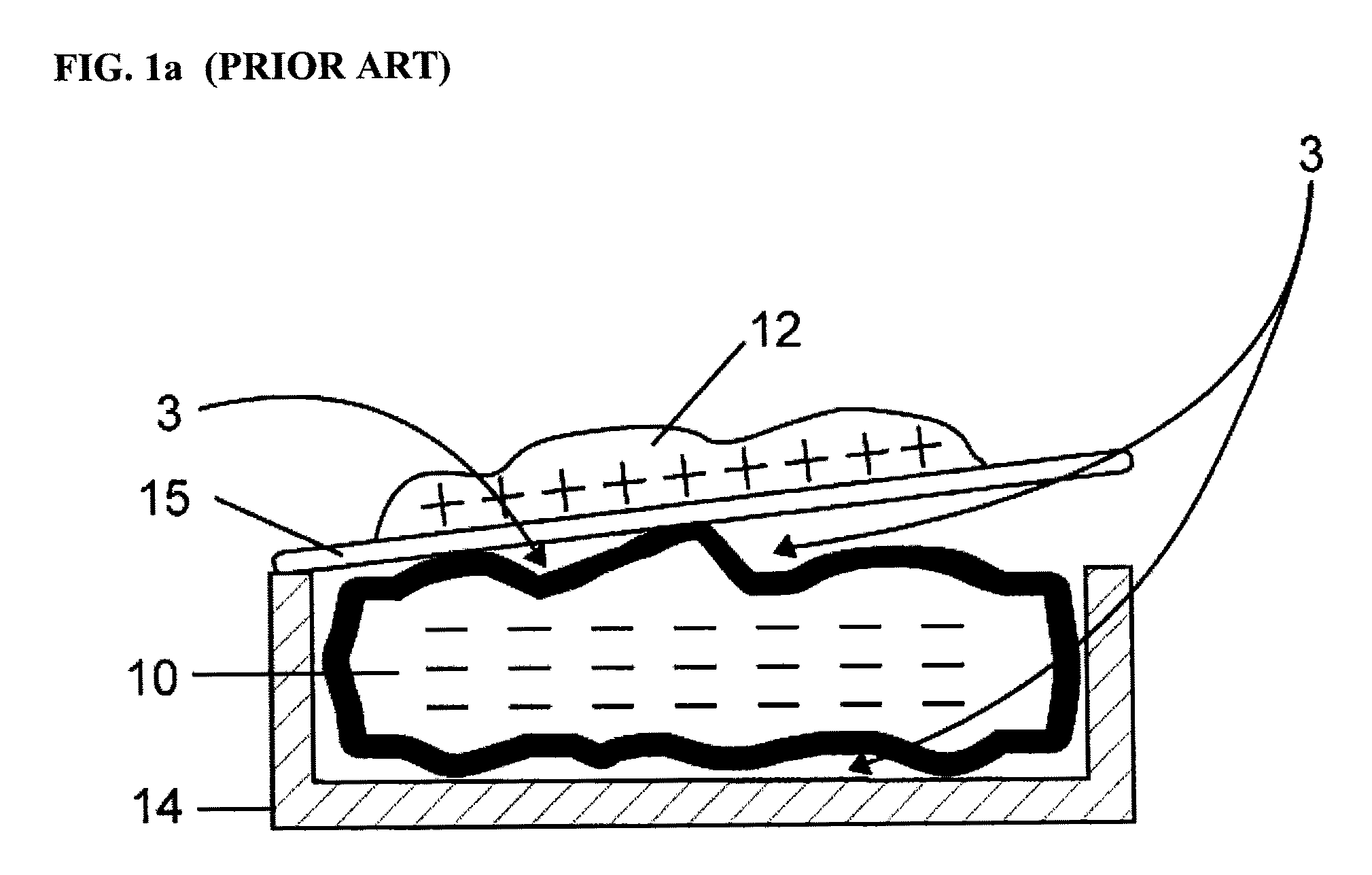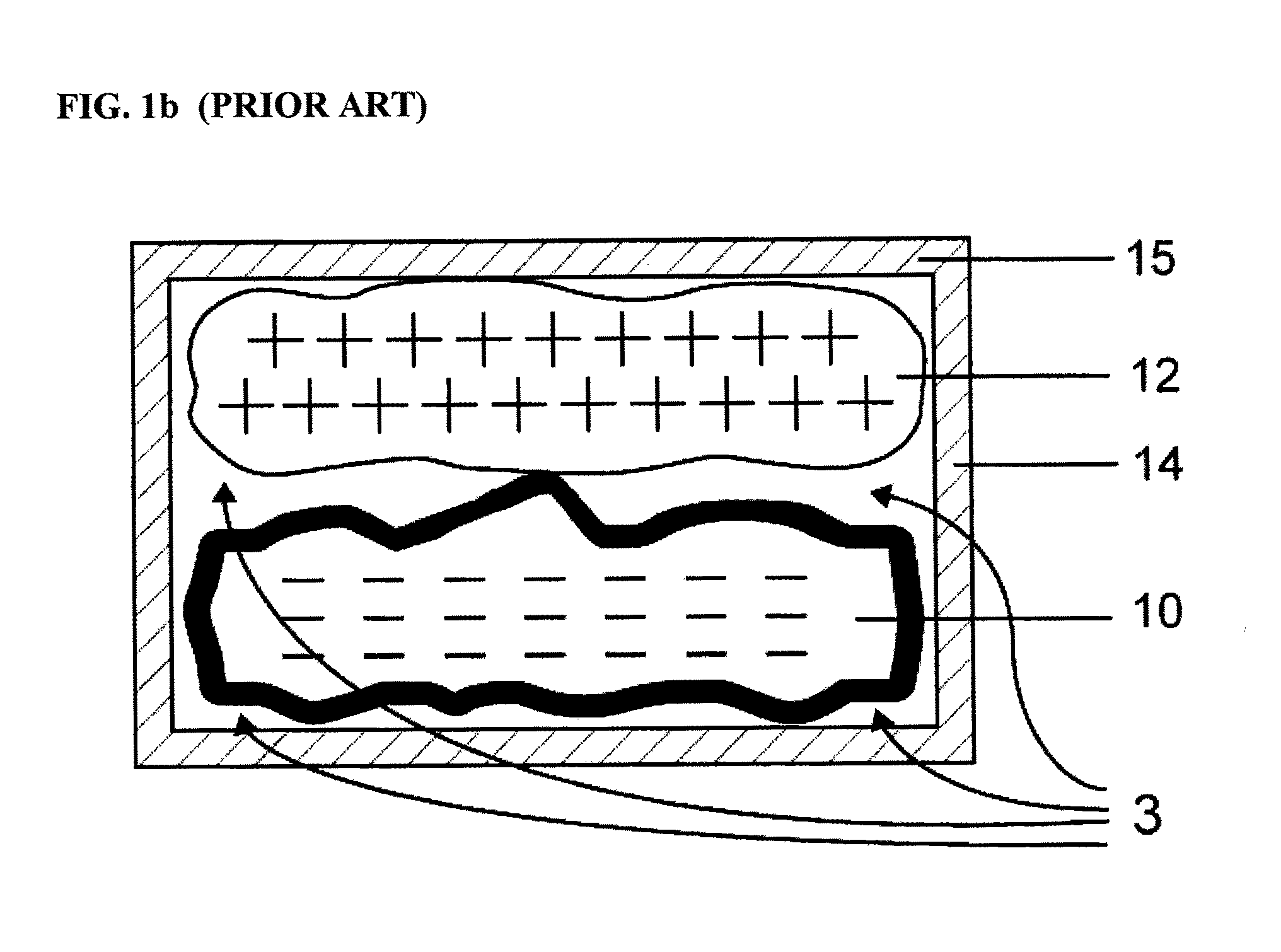Portable cooling or heating apparatus and method of using same
a technology of cooling or heating equipment and portable body, which is applied in the direction of domestic cooling equipment, lighting and heating equipment, furnaces, etc., can solve the problems of irregular surface, non-uniform temperature gradient around frozen materials, and thermal batteries, etc., to achieve better accuracy, increase the effect of temperature and temperature stability, and predictability of the expansion of the shape and dimension of the thermal battery
- Summary
- Abstract
- Description
- Claims
- Application Information
AI Technical Summary
Benefits of technology
Problems solved by technology
Method used
Image
Examples
Embodiment Construction
[0025]Referring now to the drawings wherein like reference numerals designate corresponding parts throughout the several views. FIG. 1a illustrates the current state of the prior art as it relates to cooling trays. FIG. 1b illustrates the current state of the prior art as it relates to cooler boxes. FIGS. 2a-d illustrate various examples for the construction of the thermal battery as envisioned by the invention and 3a-c illustrate improved methods and apparatus for maintaining an object at a given temperature range while maintaining portability according to two embodiments of the present invention.
[0026]Specifically, as shown in FIG. 1, a thermal battery 10 as known in the prior art is depicted. This battery 10 is irregular in shape because it had undergone a freezing stage, and expanded in an unpredictable manner. It is located within a container 14 with a lid 15. It is contemplated that goods to be cooled will be placed on top of lid 15. Therefore, it is important that the thermal...
PUM
| Property | Measurement | Unit |
|---|---|---|
| flexible | aaaaa | aaaaa |
| thermally conductive | aaaaa | aaaaa |
| temperature | aaaaa | aaaaa |
Abstract
Description
Claims
Application Information
 Login to View More
Login to View More - R&D
- Intellectual Property
- Life Sciences
- Materials
- Tech Scout
- Unparalleled Data Quality
- Higher Quality Content
- 60% Fewer Hallucinations
Browse by: Latest US Patents, China's latest patents, Technical Efficacy Thesaurus, Application Domain, Technology Topic, Popular Technical Reports.
© 2025 PatSnap. All rights reserved.Legal|Privacy policy|Modern Slavery Act Transparency Statement|Sitemap|About US| Contact US: help@patsnap.com



